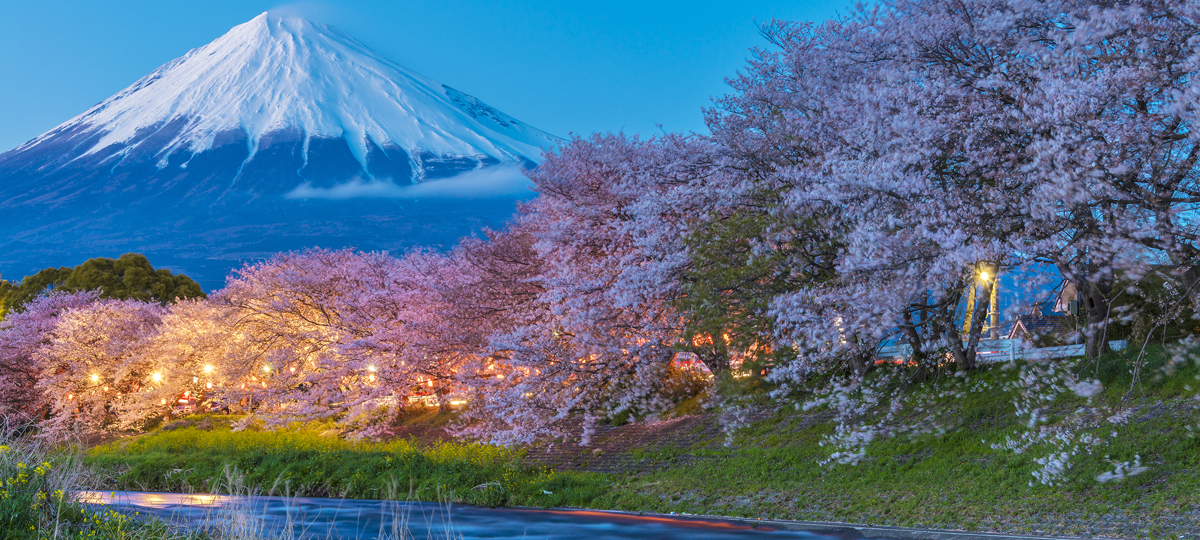JAPAN TRAVEL TIPS
Time Zone
Japan operates on GMT + 9 hours.
Language
Japanese is the official languages of Japan where English is usually not spoken unless in some of the hotels.
Below are some useful words and phrases to help make you understood in Japan.
|
English |
Japan Phonetics |
Japanese |
|
Hello/how are you? |
Kon ni chiwa |
こんにちは |
|
Goodbye/see you again |
Sayonara |
さようなら |
|
Thank you |
Arigato |
ありがとう |
|
Please |
Onegai Shimasu |
お願いします |
|
Yes / No |
Hai / |
はい / |
|
Want / Do not want |
Hoshi-I Desu / |
ほしいです / |
|
Have / Do not have |
Motte imasu / |
持っています / |
|
Man |
Otoko |
男 |
|
Woman |
Onna |
女 |
|
Bathroom |
(Toilet) Toire (Bathroom) Ofuro |
(Toilet) トイレ (Bathroom) お風呂 |
|
Hotel |
Hotel |
ホテル |
|
Restaurant |
Restaurant |
餐厅 |
|
Cars |
Kuruma |
車 |
|
Airplane/flight |
Hikouki |
飛行機 |
|
Morning / Night |
Asa / |
朝 / |
|
Good morning / Good night |
Ohayo gozaimasu / |
おはようございます / |
|
Ice |
Kori |
氷 |
|
Ill/uncomfortable |
Byouki / Igokochi ga warui |
病気 / 居心地が悪い |
|
Water |
Mizu |
水 |
|
Coca cola |
Coca cola |
コーラ |
|
Beer |
Bi-ru |
ビール |
|
Ice cream |
Ice cream |
アイスクリーム |
|
One |
Ichi |
いち |
|
Two |
Ni |
に |
|
Three |
San |
さん |
|
Four |
Shi |
し |
|
Five |
Go |
ご |
|
Six |
Roku |
ろく |
|
Seven |
Shichi / Nana |
しち |
|
Eight |
Hachi |
はち |
|
Nine |
Kyu |
きゅう |
|
Ten |
Ju |
じゅう |
Currency
The currency used in Japan is the Japanese Yen (JPY) and the basic unit is the Yen.
Money Matters
The Japanese Yen, like the US Dollar, is one of the most important of world currencies. Its fluid exchange relationship with the US Dollar is closely observed and is considered one of the barometers of the global economic climate.
The Yen is divided into 100 Sen and 1,000 Rin (these two denominational units are no longer in use but are still used by currency traders and banks for official rate calculations).
Today the Yen is minted in coins of 1, 5, 10, 50, 100 and 500 Yen. The Yen is printed in paper note values of 1,000; 2,000; 5,000; and 10,000 YEN.
The rate of exchange to the US dollar fluctuates and it is advised that you check exchange rates prior to your departure.
Currency can be exchanged at hotels and banks but note that your hotel will probably charge a commission or a rate less favourable than the official bank rate.
International credit cards (American Express, MasterCard, Visa and Diners Club) are widely accepted. However, credit card transactions are not always convenient outside big cities and therefore, obtaining cash beforehand is recommended when you travel to the countryside.
Banking hours in Japan are Monday – Friday from 9:00 a.m. – 3:00 p.m. (banks are closed on Saturdays, Sundays and National Holidays).
Tipping
Tipping is a very personal matter and is discretionary. If you feel that your guide and your driver have been helpful and gone above and beyond helping you then a monetary gratuity is welcomed and an acknowledgement of the service extended.
Weather
Best time to go to Japan
Japan has a varied climate influenced by its geographic situation and maritime location - temperatures are thus colder in the north than the south and milder (due to maritime influences) than her Asian mainland neighbors (including the Koreas, Russia and China).
The climate is favorable throughout the year. Summertime is not too hot but can warm up to over 30C/86F occasionally. Nights are especially pleasant. Between June and September, temperatures stay well above 20C/68F. Temperature during the winter months are usually fair, daytime temperatures are fairly high.
The best time to travel to Japan is during the Cherry Blossom Festival, usually held from March to April each year but exact days vary across the country. Another excellent time to visit is during the maple leaves viewing period from August to September. Sightseeing spots will be a bit crowded and hotels will be fully booked months ahead; so book with us well ahead of time.
When transposing a map of the main islands of Japan over the United States you would see that its area corresponds approximately from the state of Maine in the north to southern Georgia or northern Florida. Climate conditions, like those in the United States vary considerably.
Clothing
Japan, especially in the cities, is a style conscious country and you should pack more stylish wear when visiting the country. Still traditionally modest, the Japanese, however, appreciate good clothing and tend to look down at more casual attire.
Travellers to Japan should pay attention to the weather conditions and the time of year when they plan to visit the country.
Spring and autumn visitors will need to bring clothing suitable for both summery conditions and the sudden outbreak of colder conditions. For summer visits cool, breathable fabrics like cottons and linens are recommended. For winter visitors you will need to pack warm woolens, a heavy winter coat or ski jacket, hat, gloves and a scarf when visiting northern Honshu and Hokkaido.
Please note that you should bring whatever you require with you, as clothing is expensive in Japan. In addition sizing can be a problem for travelers from North America and Europe as Japanese are smaller people and larger sizes, therefore, harder to find.
If you wear glasses or contact lenses you should carry an additional pair (or set) with you (as both are expensive in Japan).
Health
If you take prescription medication, please ensure you have sufficient medication for the duration of your trip.
While Japan is a wealthy and highly developed nation it should be noted that outside of major cities (including Tokyo, Osaka, Yokohama, Kobe, Sapporo, Nagoya, Nagasaki, Hiroshima and Kyoto) medical facilities serving or catering to foreign visitors are limited. There are no required vaccinations for Japan but travellers should inquire (with their personal physician or through a medical information service like the CDC) about vaccinations against hepatitis B, influenza and Japanese encephalitis.
For up to date information on latest health and vaccination recommendations, please contact your doctor.
Electricity
The voltage used throughout Japan is uniformly 100 Volt AC.
Arrival and Departure Formalities
Nationals of the United States visiting Japan require a valid passport (valid for at least six months after the date of their departure from country) and a return airline ticket. US citizens do not require an entry visa for Japan. Visitors are granted tourist visas on arrival valid for stays of 90 days or less. Travelers from other countries should consult the Japanese embassy in their country for the latest travel requirements.
Local Food
Japanese cuisine is rich in tradition and guided both by the actual preparation and an observed code of etiquette.
Rice is the staple grain and all meals usually include rice – either steamed white rice or fried rice. Seafood is also a prominent feature of Japanese cuisine due to its maritime location. Fish, especially exotic varieties is a highly prized food for Japanese gourmands.
Some typical Japanese entrees are tempura, sukiyaki, domburi, okonomiyaki, sushi and sashimi.
The most popular Japanese beverage is ‘sake’ a clear rice wine which is served warm in small decorative bottles. Beer is also widely available along with soft drinks and bottled waters. Wine is growing in popularity and there are now wine bars in larger cities like Tokyo and Osaka. Tea is an integral part of Japanese tradition and green tea is a Japanese specialty.
Local Handicrafts
Japan is a consumer society and shopping is a favourite past time of young people. As the society is rooted in a strict observance of courtesy and social behaviour, gift giving is important (hence the need to shop).
Department stores are open from Monday to Friday from 10am – 6pm and from 10am – 6:30pm on Saturdays and Sundays. All department stores will close one day of the week (this is not uniform and the closing day varies). Smaller shops will observe different hours, often staying open until later in the evening.
Prices for all goods are expensive in Japan so if you are interested in shopping that should be an accepted fact. Japan has a highly refined tradition of arts and crafts and there are many exquisite items to consider like pottery, painting, lacquer work and carvings.




